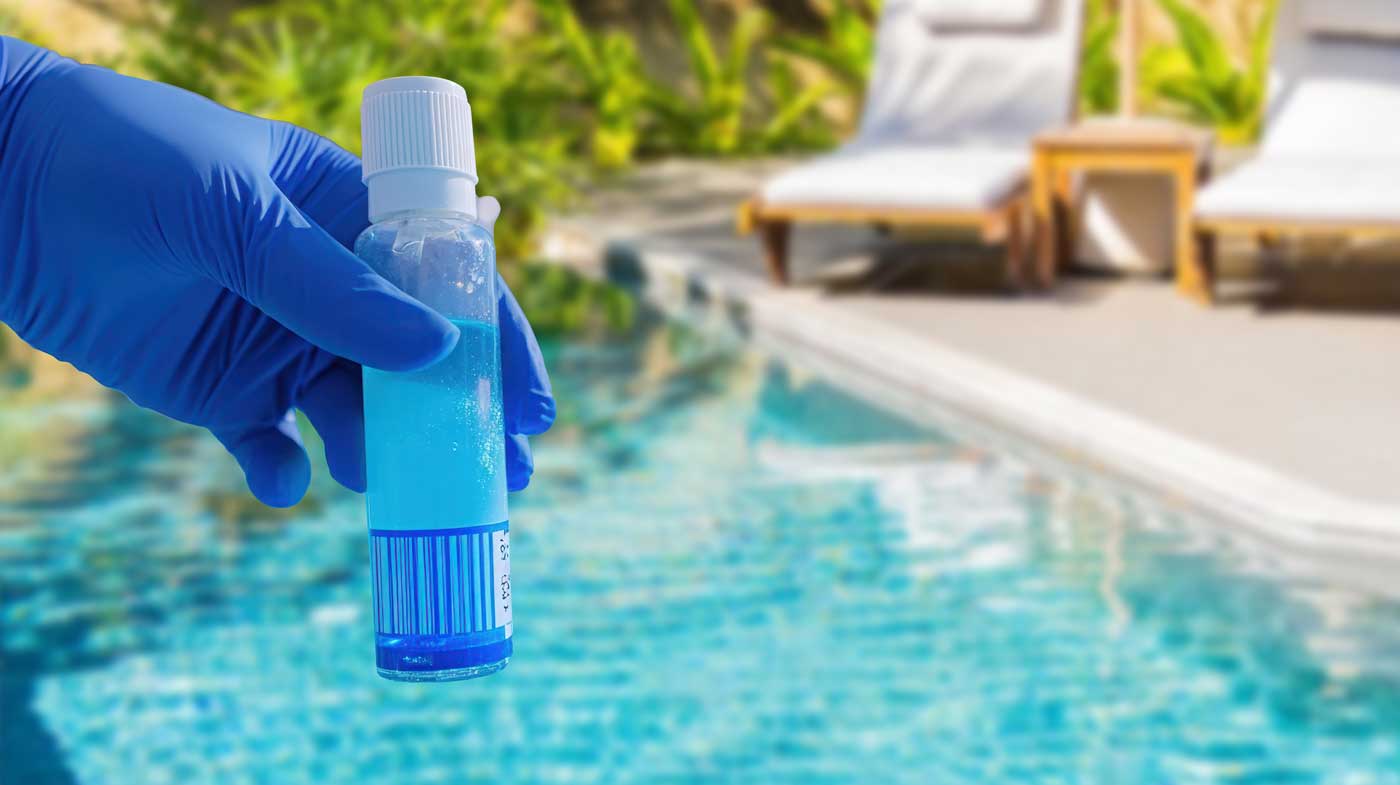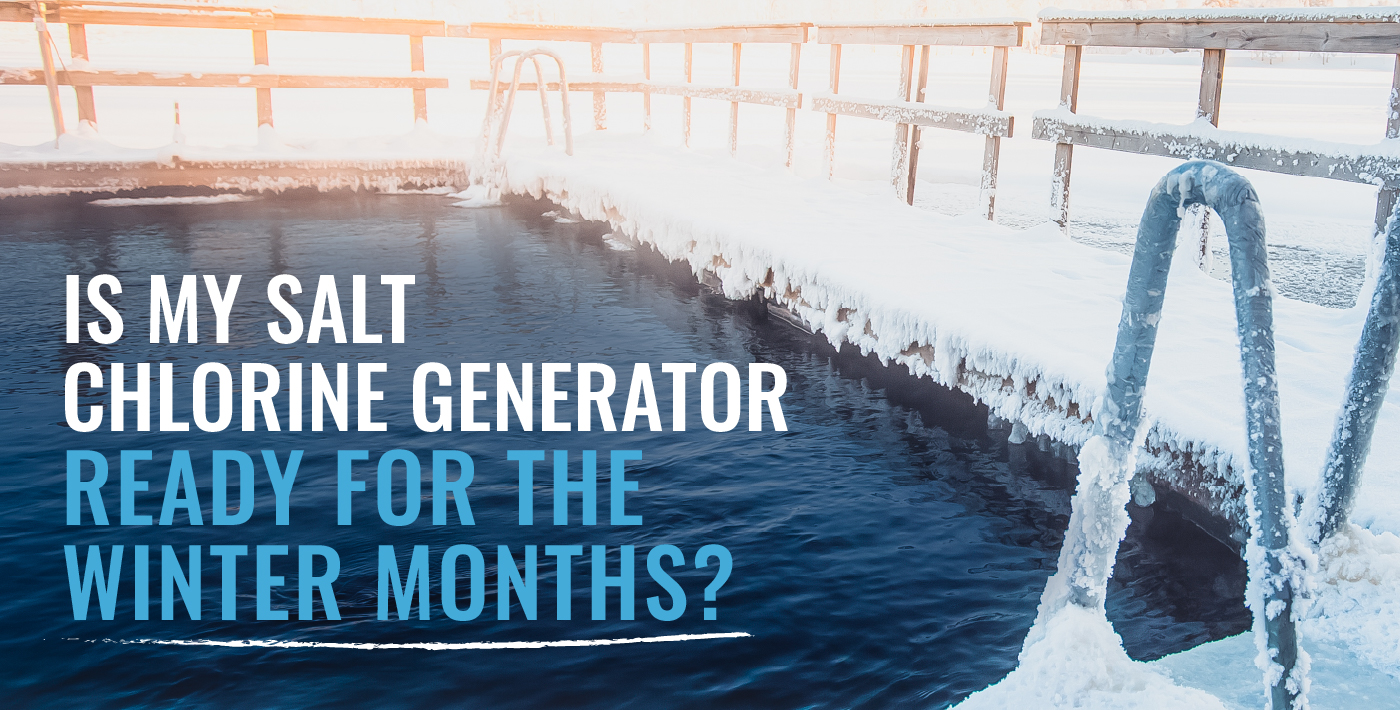Also, warranties can be voided if improper water chemistry is determined to be the reason…
With the threat of a hurricane upon us, we have received many questions from customers who are inquiring about protecting their salt chlorine pool. Our systems do not require specific preparation for such weather systems. However, there are certain steps that can be taken to assure that your pool equipment, including your chlorinator, will be operational after a hurricane. We will go over some of those in this article.
Before
- Turn off the electrical power to all equipment at the circuit breaker.
- Increase your chlorine level to 10 ppm as you are going to need the extra chlorine to protect the water. Your salt system may be turned off for an extended period of time, depending on power availability.
- To prevent water damage to your pump motor, cover the motor in plastic bag or any waterproof material you may have available. Also check that it is properly secured.
- A pool can float out of the ground when the ground around it becomes over-saturated. To prevent this from happening, DO NOT drain any water from your pool. The weight of the water in the pool will help hold it in place.
- Prune dying or weak branches around your pool equipment to eliminate/minimize debris and damage to your pool equipment and the pools finish.
After
After you have been given clearance to return to your home, or the storm has passed, you should manually clear out as much large debris as possible.
Uncover the motor before turning on the power to the equipment make sure to check for any downed power lines, make sure all electrical equipment and lines are clear, dry and safe the following should be thoroughly inspected on your salt chlorine generator before start up:
- Inspect all power cords, tri-sensor cable, and cell cord.
- Inspect the manifold’s filter screen, clean accordingly.
- Inspect all plumbing and electrical connections for physical damage.
If during your examination or after you power your system, you notice any error codes in your chlorine generator please click here for information on what to check for before calling for technical support. If you have any doubts regarding the electrical system, you should consider calling a pool professional to make sure that it is safe to re-start your system.
Water Chemistry:
Once your system is back up and running, it is time to turn your attention to the water chemistry in your pool water, because of all of the rain water you might have to re-balance the chemicals.
Utilizing the chart below, you will be able to determine your pool water balance, water is properly balanced if the SI (Saturation Index) is 0 ± 0.3., If SI is greater than 0.3, scaling and staining will occur. If SI is less than -0.3, then the water could be corrosive to metallic fixtures and aggressive in some plaster surfaces and vinyl liners.
When the SI (Saturation Index) is too high or low it can also cause damage to the cell, pool finish or your swimming pool equipment. The basic rule is, high calcium concentration, total dissolved solids, pH, and alkalinity all promise a greater tendency for scale. Scaling potential also increases with higher temperatures.
(PH+TF+CF+AF-SC= Saturation Index)

Once you have determined your balance levels, the proper corrective actions should be taken to rectify, if necessary. The following chart provides you with the recommended chemistry ranges as well as corrective actions for your reference:

To read more on the proper levels of chemicals in a swimming pool please click here.
Your family’s safety should always be your number one priority. Planning before a big storm or hurricane, and a thorough visual and manual examination after, combined with balanced water in your pool water will ensure their protection and well-being.



This Post Has 0 Comments